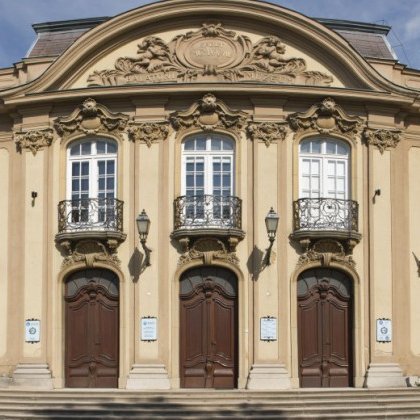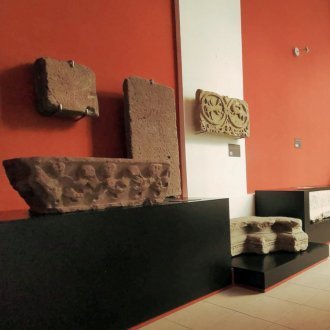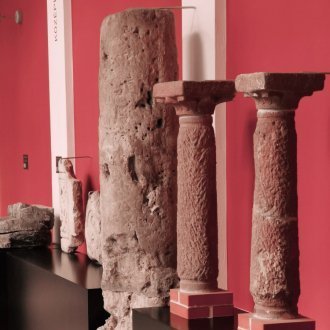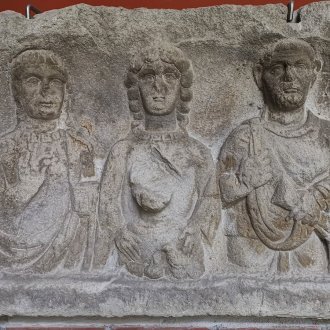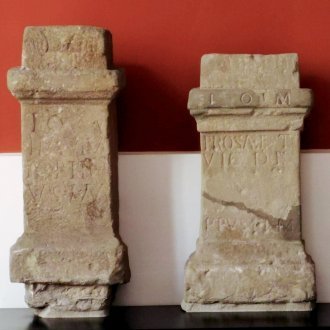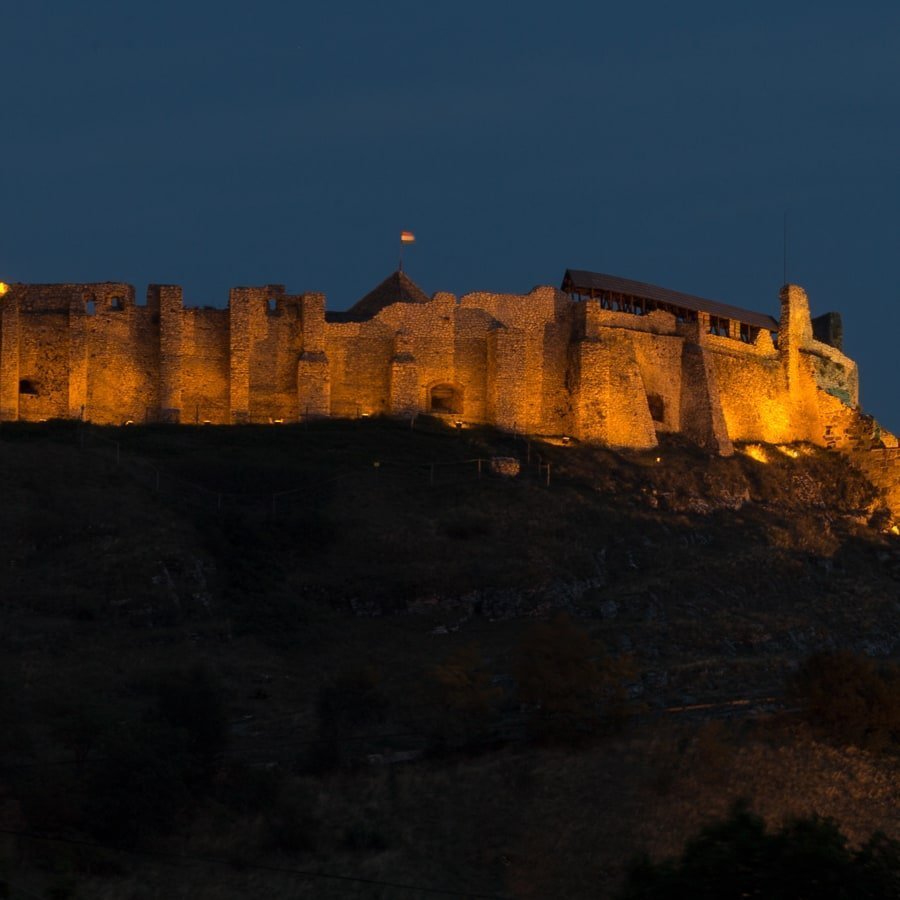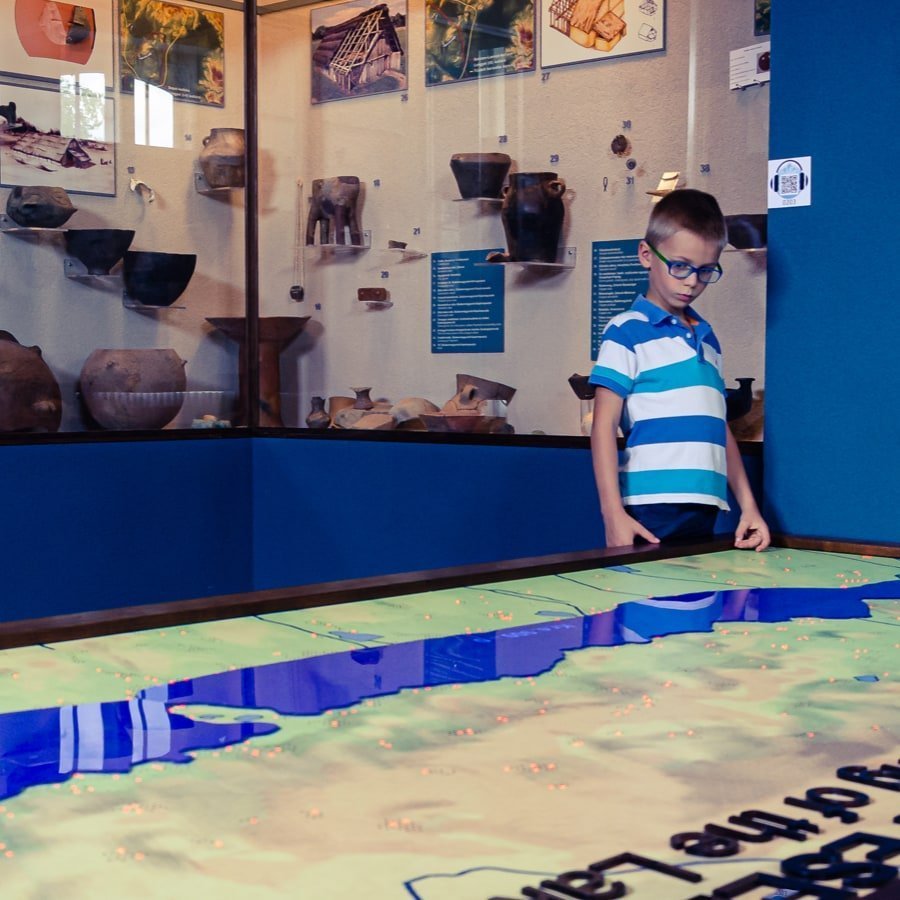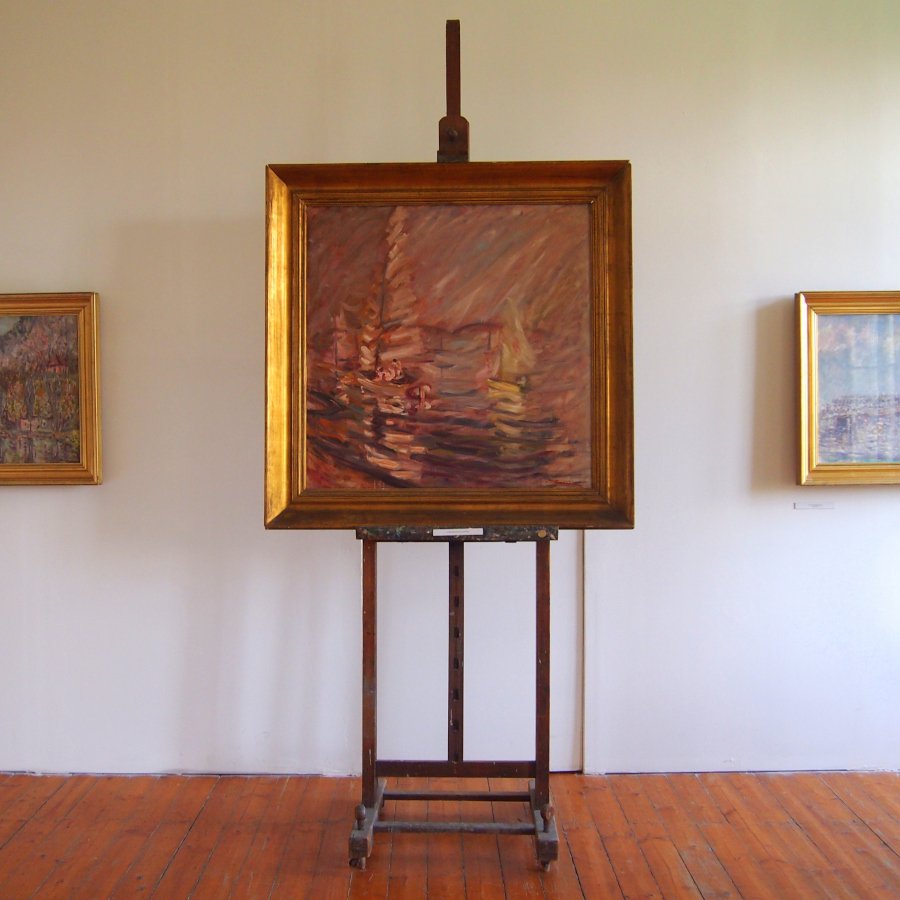The stones tell a story. They hint secrets that testify the world of bygone eras. During your walk in the Lapidarium, the Roman and medieval past of Lake Balaton and Zala County come to life before you.
Why were the names of the Roman emperors knocked down from the milestones?
The area around Lake Balaton came under the constant influence of the Roman Empire from the 1st century AD onwards. The Roman material of the Lapidarium appears grouped according to the ways of use: you can see tombstones, altar stones, building elements, while finally – literally – you will arrive at a milestone. This is a special artefact of the exhibition, as the names of the emperors on it were knocked down to punish them with “erasure from memory”. Votive altar stones lift the veil on the practical, “I give you that you give me” principle of Roman religion. For they were erected to give thanks for a divine help that was requested and accomplished.
The typical style periods in medieval architecture were the Romanesque, Gothic and Renaissance styles which occurred in Hungary in a complementary way. The most significant artefacts of the exhibited medieval stone relics come from Zalavár and Vársziget.
While medieval stone carvings come from severely damaged or destroyed buildings due to Turkish devastation, much of the Baroque-era monumental material from the 17th century onwards can still be seen in its original location, therefore our Lapidarium keeps only a few artefacts from this period.
During your walk you can also observe the three-dimensional reconstruction of the Late Roman fortress of Keszthely-Fenékpuszta, as well as the three-dimensional animation of the Hadrian’s Church in Zalavár-Vársziget and the late medieval Rezi and Tátika Castles.
